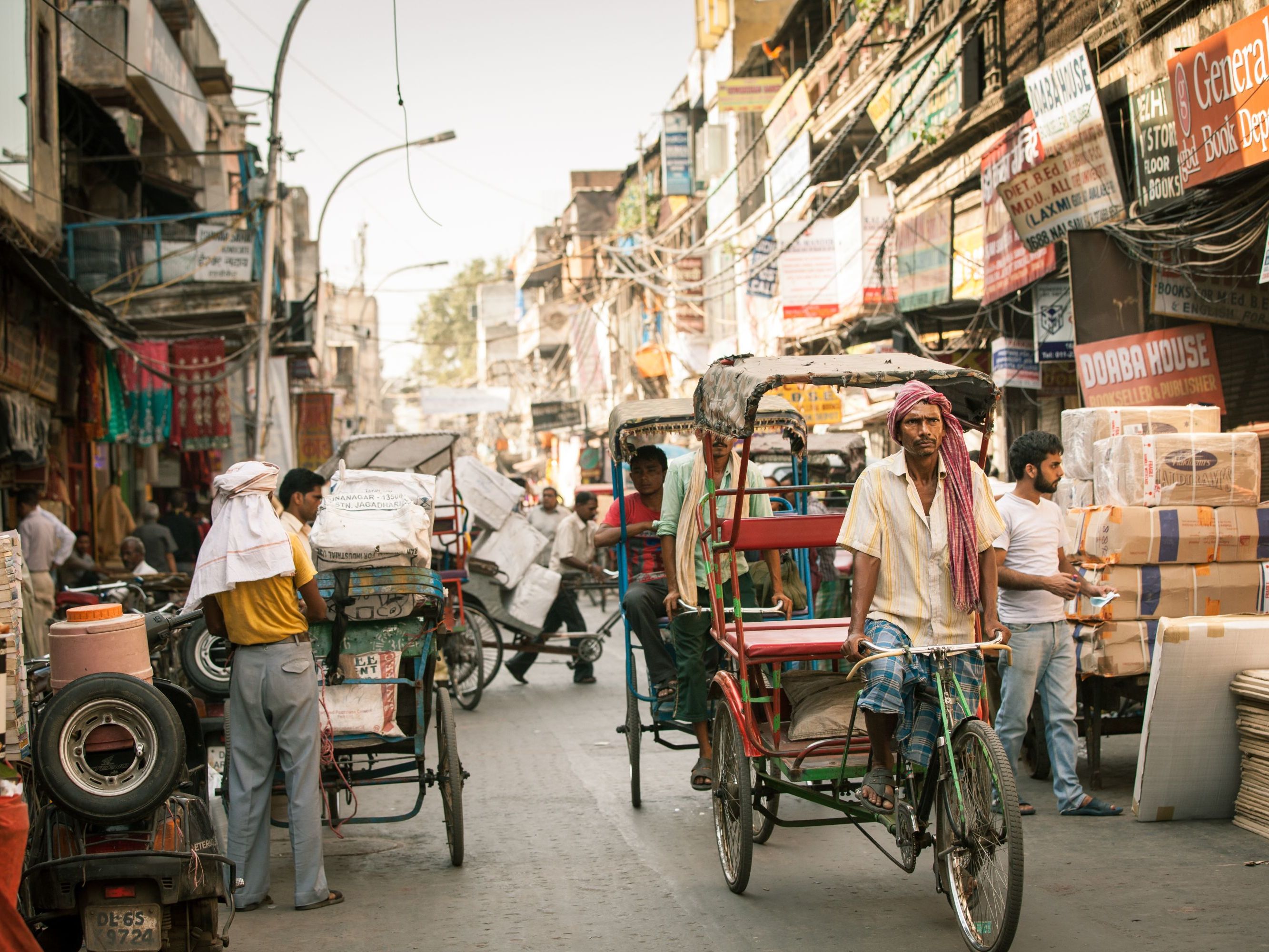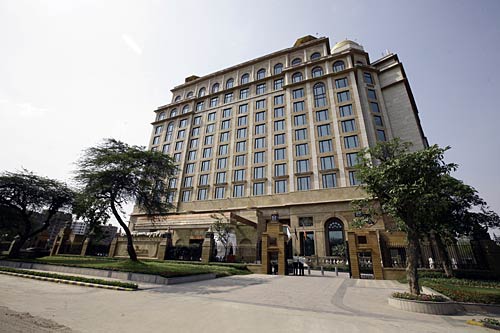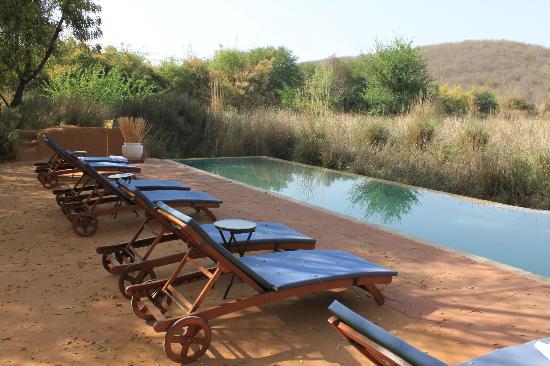Heritage Walk
Today you are invited to know the daily lives of these street children of Delhi, some of who live in the New Delhi railway station area and one of these children is your guide today to take you through their shelters and run you through their life-stories. The walk has been specially designed for you to give you the insight of these street children and their success stories and achievements in life as you learn about their lives on the railway track, platform (where these children spend their day), small school, shelter and Salaam Baalak Trust Contact Center and Office and get to interact with their coordinator, who is also a volunteer in the program. (This service is on a private basis.)
Old & New City Tour
Today, you will be fully introduced to India's capital, beginning with Old Delhi in the morning, and New Delhi in the afternoon. Old Delhi was an ancient walled city. In 1650, Mughal Emperor Shah Jehan switched the Mughal capital from Agra to Delhi. Your tour begins with a cycle rickshaw ride through this very area. You will drive past the famous Red Fort, which is the most opulent Fort and Palace of the Mughal Empire. From there, continue onto the Jama Masjid, to see the largest mosque in India, followed by the Chandni Chowk, the bustling and colorful market of the old city. You will be captivated by the vibrant energy and the magnificent sites of the area.
After visiting the Raj Ghat, which is the memorial site of Mahatma Gandhi, your exploration proceeds with a visit to two monuments from Delhi's past. The first is the Qutub Minar, a historic construction of a landmark from 1199 and the second is Humayun's Tomb, which was built by emperor Humayun's wife. This tomb took eight years to complete and is regarded as an ideal example of the early Mughal architecture.
Later this afternoon, you will be taken on a drive along the ceremonial avenue, Rajpath, past the imposing India Gate. This 42 meter high gate, stands tall in the center of New Delhi in the middle of a crossroad. From there, you will continue to the President House, which was built on an area of 330 acres and features an exquisite private garden. It was designed as the official residence of the Viceroy of India during the British reign, though today it is now the official residence of the First Citizen. Your final stop of the tour will be a visit to the Parliament House, which is a true symbol of Indian democracy. (This service is on a private basis.)


























